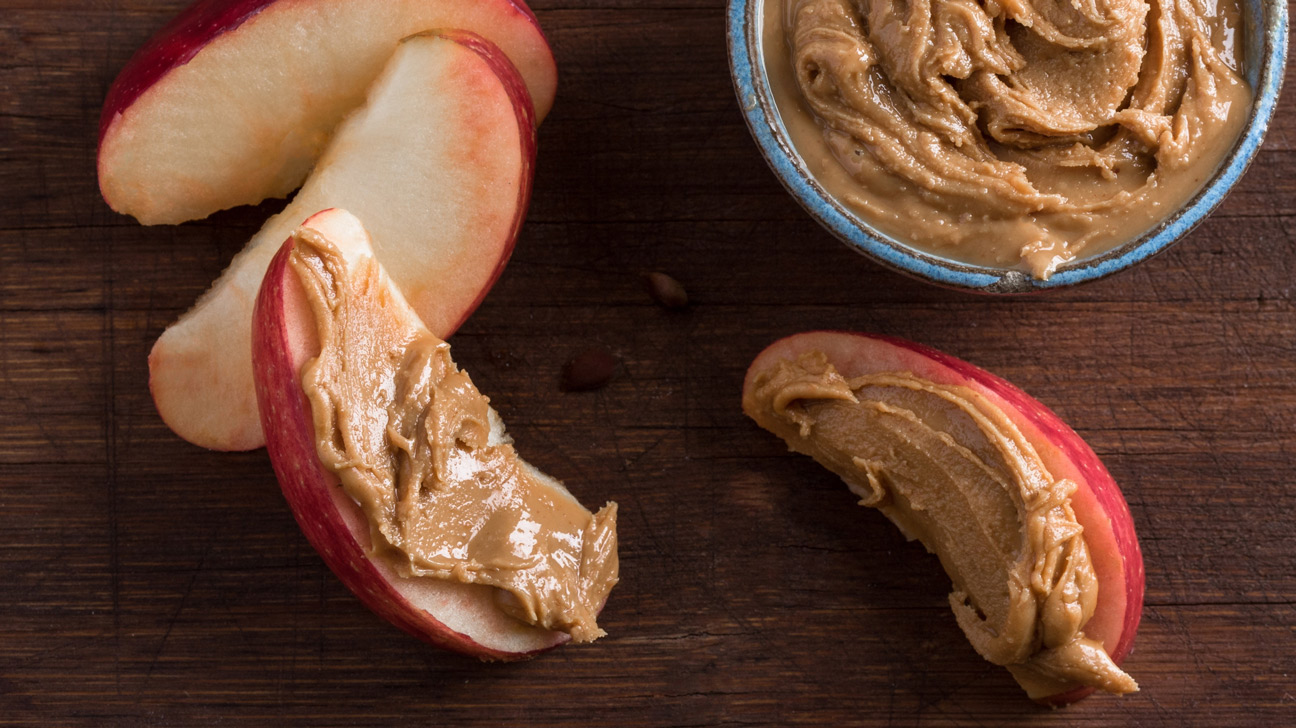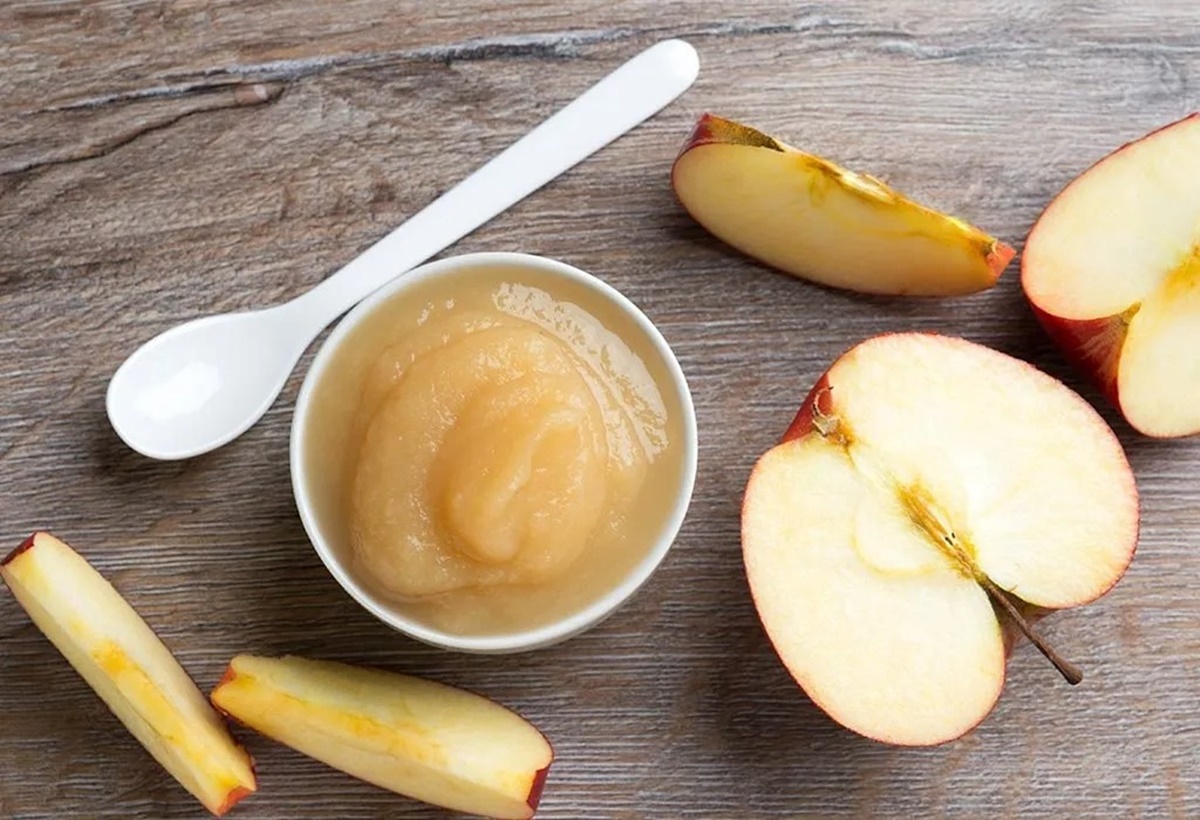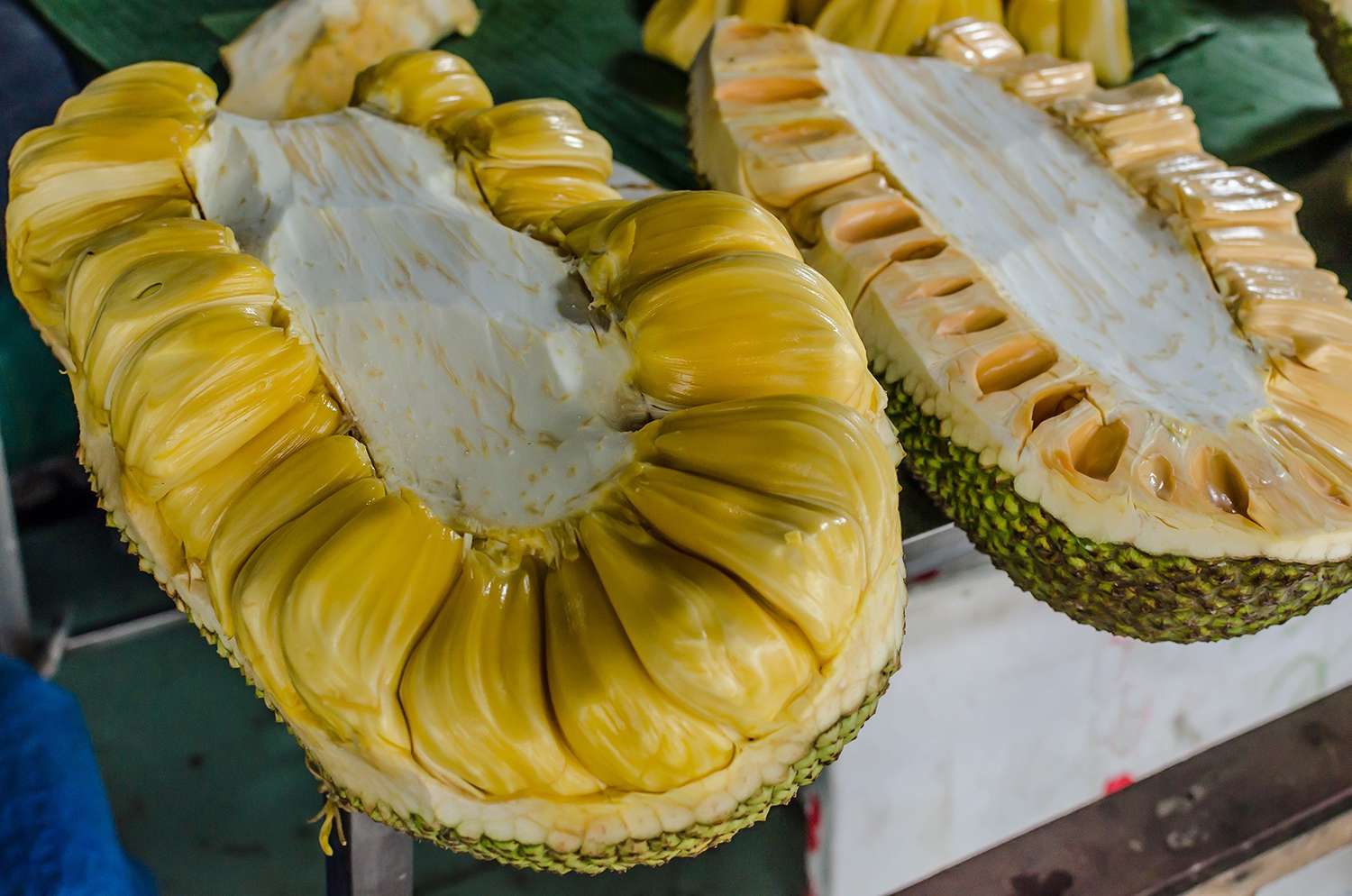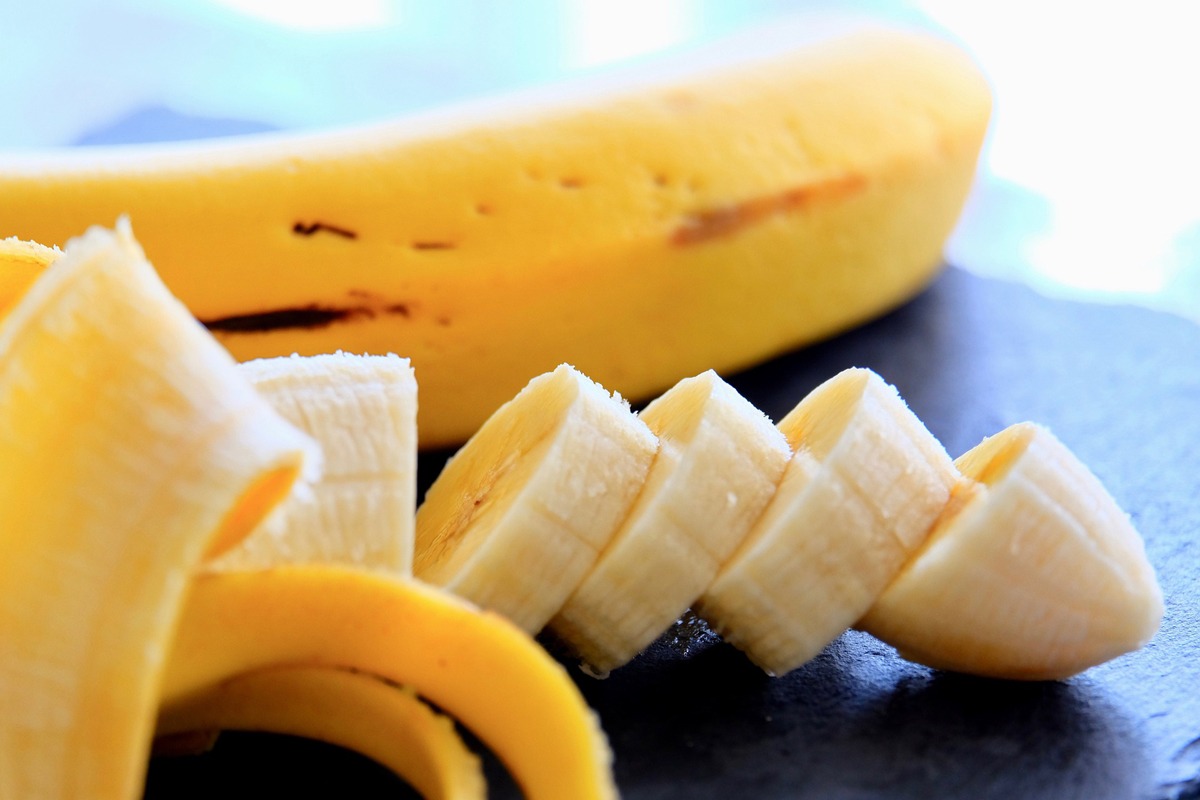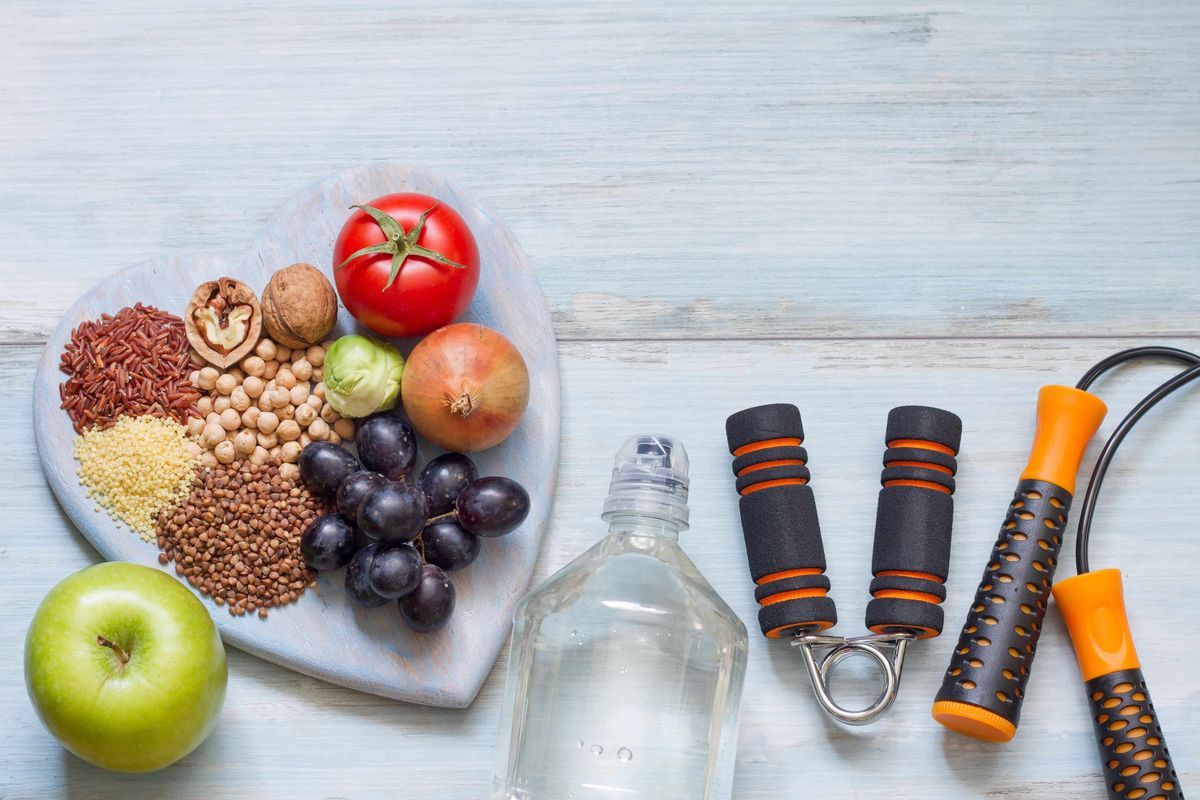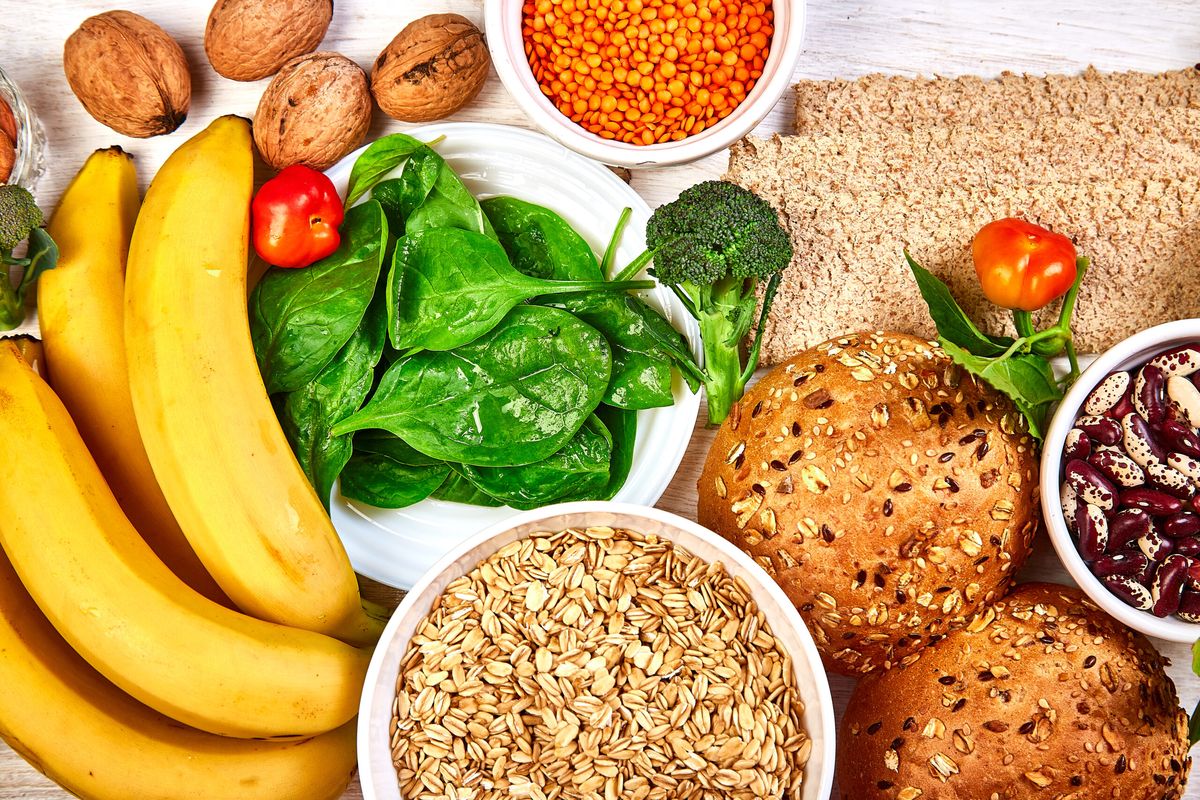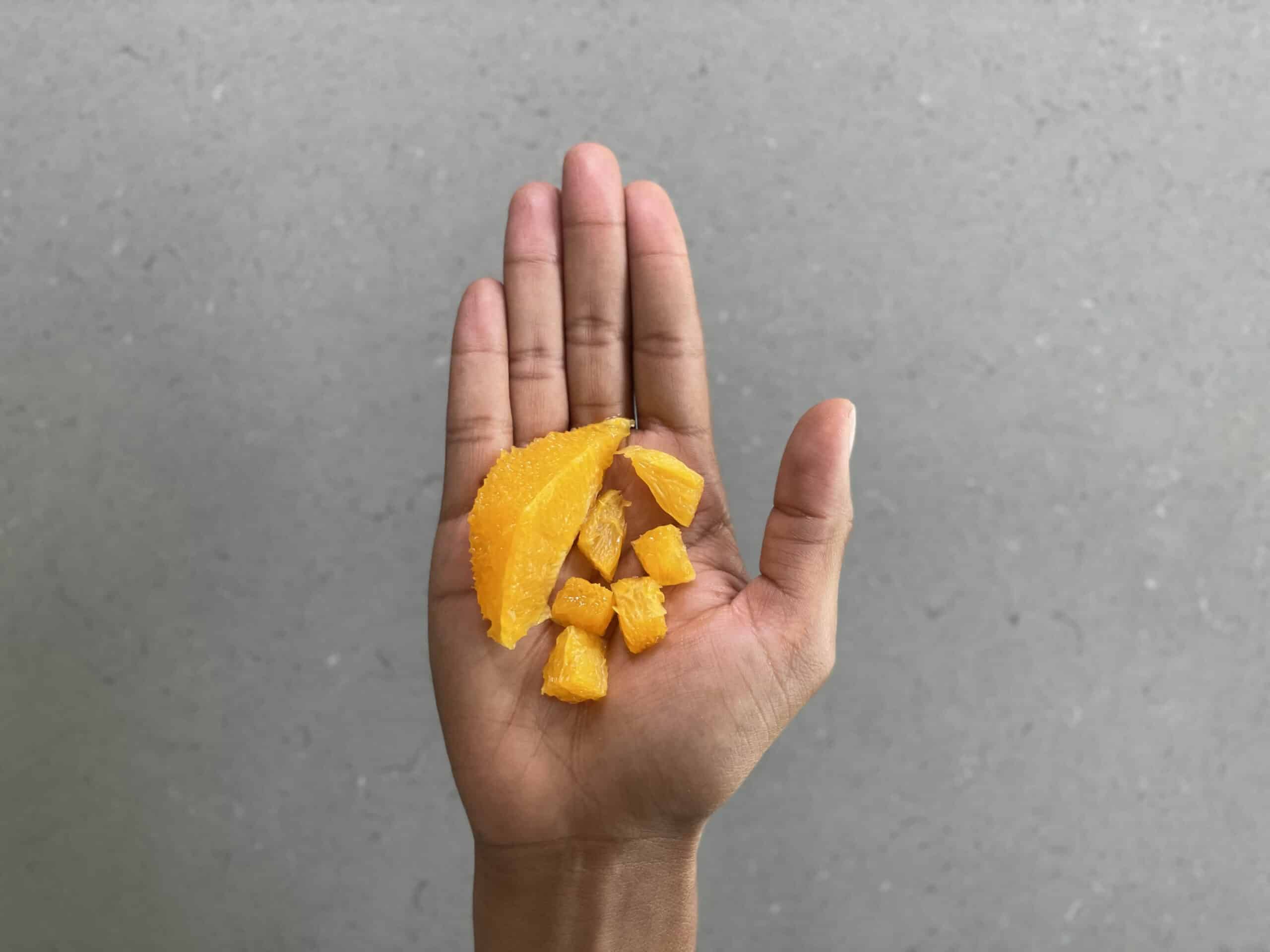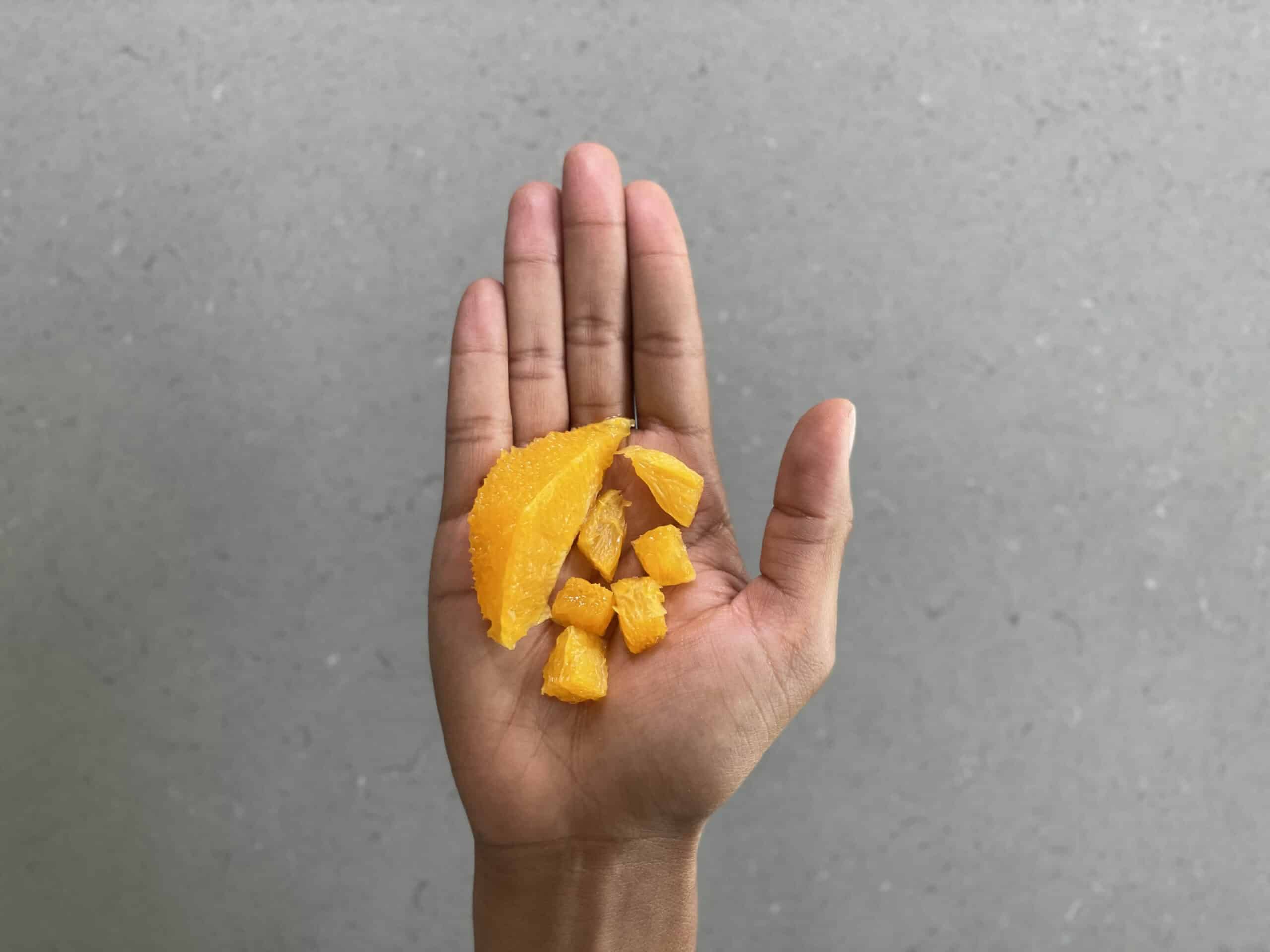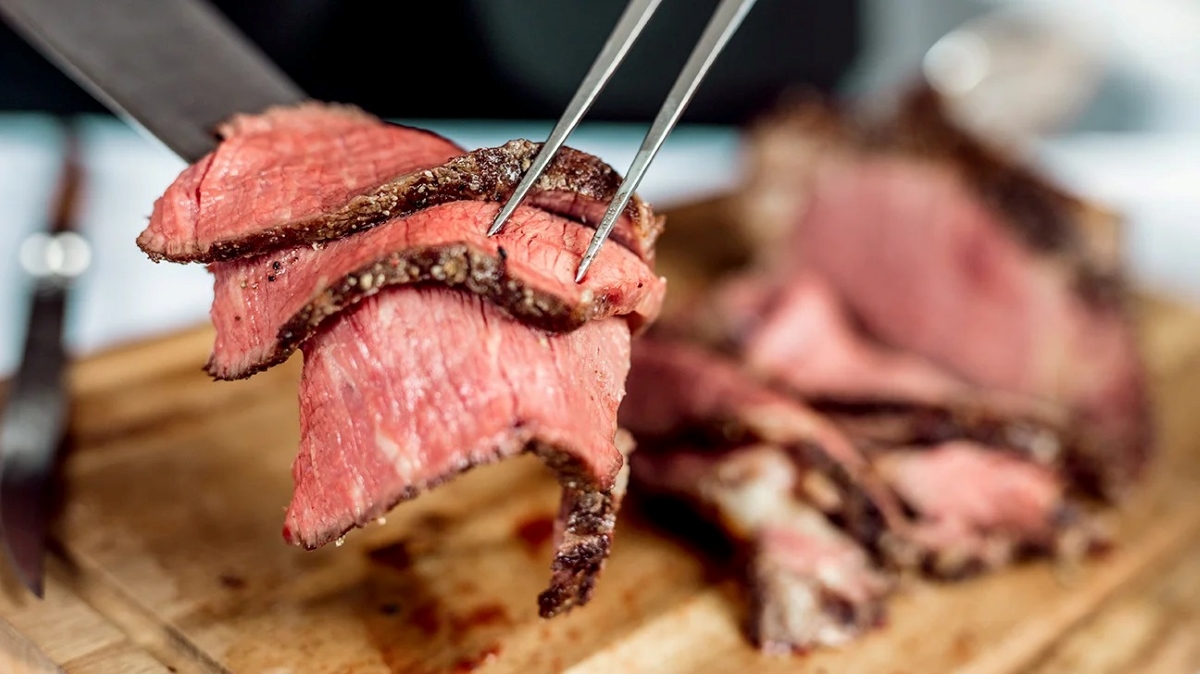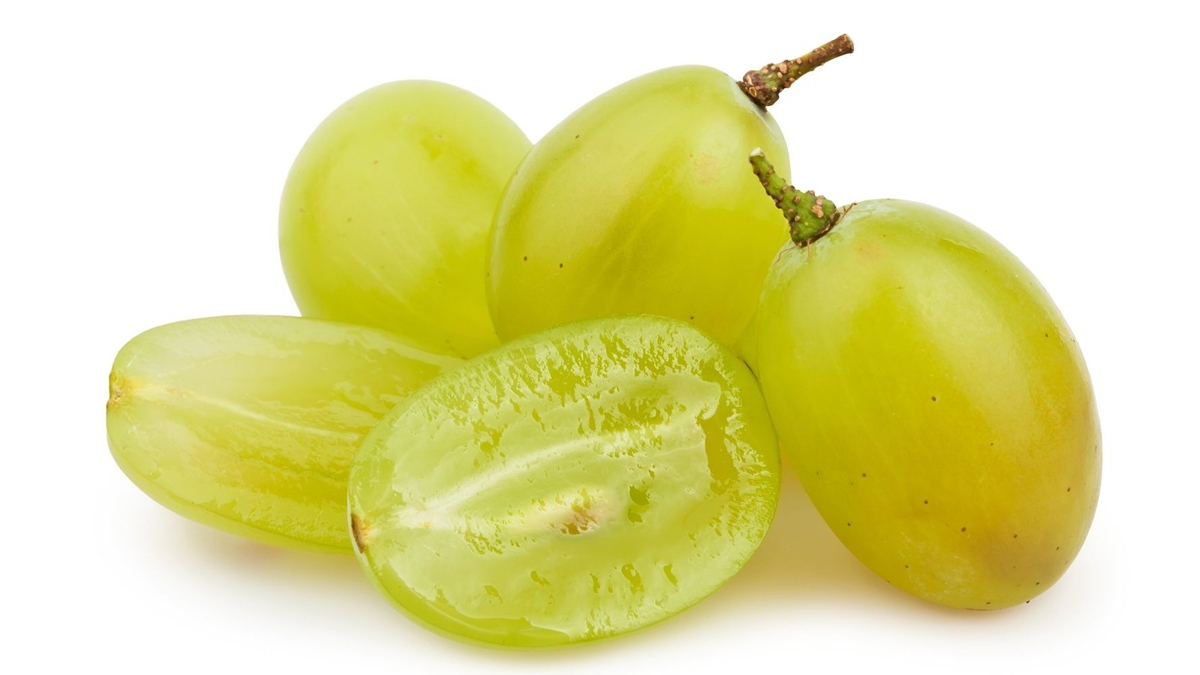How to Eat for a Cutting Diet
When it comes to achieving a lean and toned physique, your diet plays a crucial role. Whether you’re looking to shed excess body fat or define your muscles, following a cutting diet can help you reach your goals. Here are some essential tips on how to eat for a cutting diet:
Focus on Protein
Protein is an essential nutrient for anyone following a cutting diet. It helps to preserve lean muscle mass while promoting fat loss. Include lean sources of protein such as chicken breast, turkey, fish, tofu, and low-fat dairy products in your meals. Aim to consume protein with every meal to support your muscle-building and fat-burning efforts.
Include Plenty of Vegetables
Vegetables are low in calories and high in essential nutrients, making them a valuable addition to a cutting diet. Fiber-rich vegetables such as broccoli, spinach, kale, and bell peppers can help you feel full and satisfied while keeping your calorie intake in check. Aim to fill half of your plate with vegetables at each meal to support your weight loss goals.
Choose Complex Carbohydrates
While cutting back on carbohydrates is common in a cutting diet, it’s important to focus on complex carbohydrates that provide sustained energy and essential nutrients. Opt for whole grains like quinoa, brown rice, and oats, as well as starchy vegetables like sweet potatoes and butternut squash. These choices can help you feel satisfied and energized throughout the day.
Monitor Your Portions
Controlling portion sizes is key to a successful cutting diet. While nutritious foods like nuts, seeds, and avocados are beneficial, they are also calorie-dense. Be mindful of your portions and consider using measuring cups or a food scale to ensure you’re not overeating, even with healthy choices.
Stay Hydrated
Proper hydration is essential for overall health and can support your cutting diet efforts. Drinking plenty of water can help control hunger, support metabolism, and optimize physical performance during workouts. Aim to drink at least 8-10 glasses of water per day, and consider consuming hydrating foods like cucumbers, watermelon, and oranges.
Limit Processed Foods and Added Sugars
Processed foods and added sugars can sabotage your cutting diet goals by providing empty calories and spiking your blood sugar levels. Minimize your intake of sugary snacks, desserts, and processed foods like chips, cookies, and sugary drinks. Instead, focus on whole, nutrient-dense foods that support your body’s needs while promoting fat loss.
Plan and Prepare Your Meals
Meal planning and preparation can set you up for success on a cutting diet. Take the time to plan your meals and snacks, and consider preparing larger batches of food to have healthy options readily available. Having nutritious meals and snacks on hand can help you avoid impulsive, less healthy choices when hunger strikes.
Be Mindful of Your Eating Habits
Practicing mindful eating can support your cutting diet efforts by helping you tune into your body’s hunger and fullness cues. Eat slowly, savor each bite, and pay attention to how different foods make you feel. Being mindful of your eating habits can help prevent overeating and support your overall well-being.
By incorporating these tips into your eating plan, you can effectively support your cutting diet goals and work towards achieving the lean, defined physique you desire. Remember that consistency and patience are key, and making sustainable, healthy choices will ultimately lead to long-term success.
